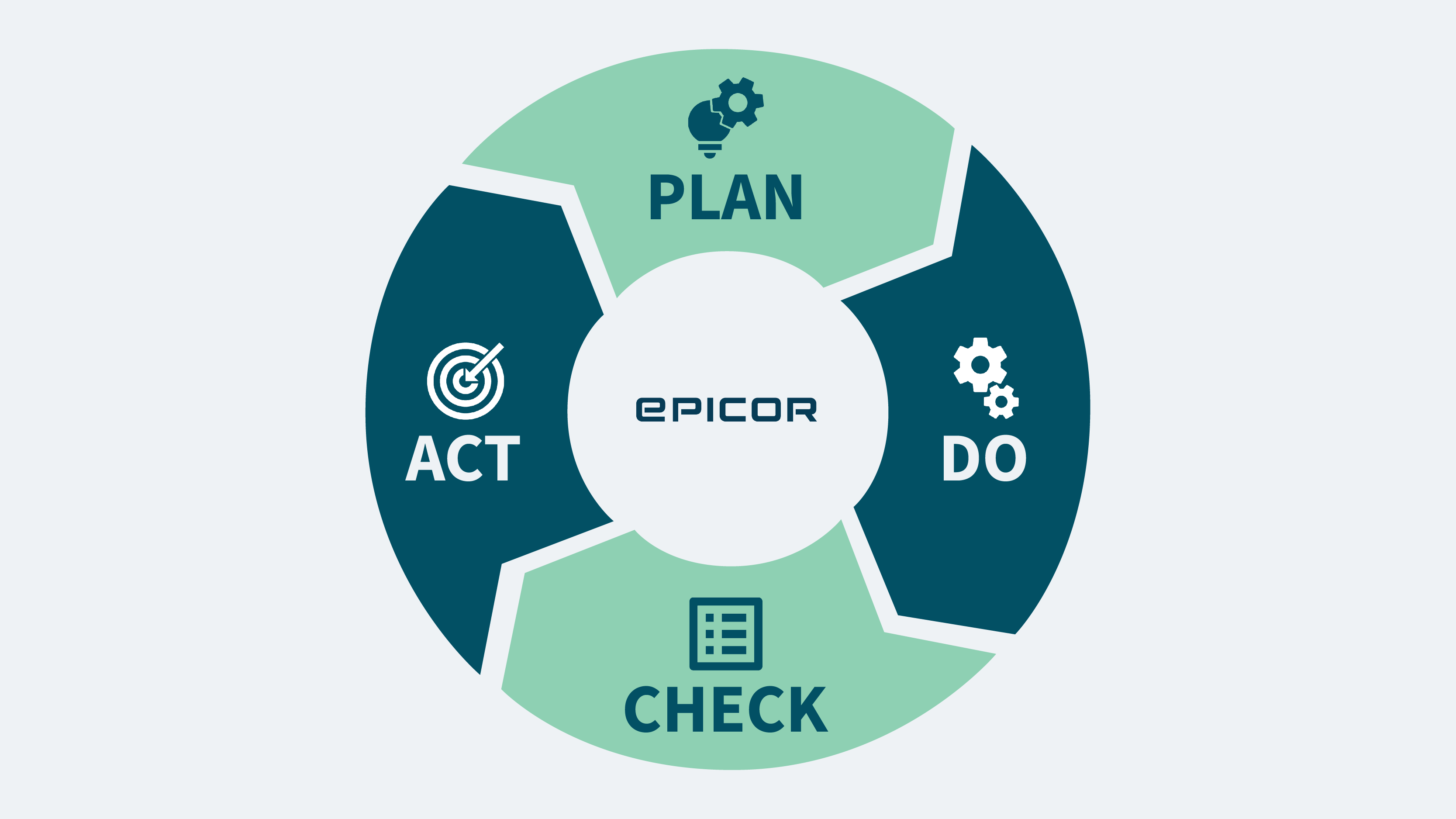Maximizing Digital Transformation Benefits
by Jason Bullard, on Dec 18, 2023 10:00:48 AM
The power and potential of data-driven insights, precision analysis, and refinement.

Historically, manufacturing production improvements have been surprisingly speculative and theoretical—an ironic reality for an industry that has long been based on precision and engineering sophistication. Opportunities for improved efficiency or procedural refinements were largely identified and leveraged based on little more than a gut feeling: the kind of “this might work” trial and error better suited for home improvement amateurs than a professional production environment with sophisticated processes and high-end parts and products.
When problems arose, identifying the origins of those problems and correcting them with timeliness and precision was, again, often a matter of testing a best guess rather than acting on detailed data. Thankfully, the emergence of the connected factory and the suite of complementary technologies that unlocks true connected process control has fundamentally changed the game.
For manufacturers that have executed a successful digital transformation, the name of that game is now data. Data-driven insights form the foundation of modern manufacturing. And that data is collected and contextualized by the sophisticated infrastructure and software solutions that distinguish the best of today’s connected process control solutions. Instead of working from a hunch or gut reaction, manufacturing professionals can utilize detailed data along with the virtual environment of a digital twin of their production process to identify pain points, make and test changes, and implement improvements.
Leading connected process control solutions have the kind of data-driven optimization capabilities that include an integrated reporting tool to collect, sort, and present the vast volumes of data gathered from connected devices and workstations. With detailed metrics like cycle times and personnel-, part-, and process-specific measurables, it is possible to not just identify where constraints are, but to contextualize them. Managers can determine quickly if they are dealing with a process problem or a personnel problem, for example. In other words, you now have not just the answers to where or when, but also why.
With data, you can not only identify obvious hurdles, but also look for variability over a specific distribution of time. If you are registering a large degree of variability in key metrics in a specific area, you can hone in with a closer look and avoid wasteful, costly, and time-consuming guesswork. The ability to start with a macro perspective and very quickly and seamlessly dig into granular detail is a remarkable breakthrough, delivering the kind of precisely calibrated insights previous generations of manufacturing professionals would have thought impossible.
The same level of precision and sophistication also applies to process-driven solutions. There is no more estimating and best-guessing when it comes to the downstream impact of fixes or improvements. Relevant data is quickly generated, and metrics may provide the specific feedback almost immediately to confirm and quantify any improvements.

Perhaps the most appealing part of this post-digital transformation experience is that for all the sophistication of these connected process control solutions, they are still quite intuitive and user-friendly. This makes them ideally suited to the kind of standard PDCA (Plan, Do, Check, Act) approach that manufacturers have long used for improving things like quality, throughput, and training. In a business where it’s not uncommon to find an old-school mindset still influencing decision-making, the fact that the best examples of cutting-edge manufacturing technology today are aligned with that practical problem-solving perspective truly offers a best-of-both-worlds scenario for manufacturing professionals.